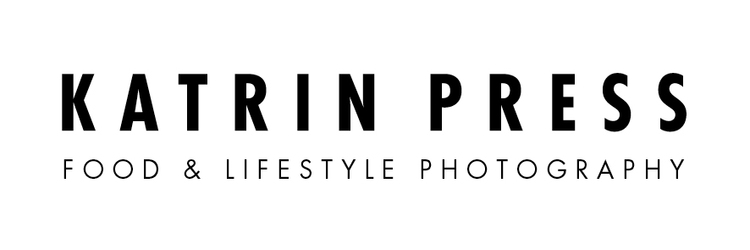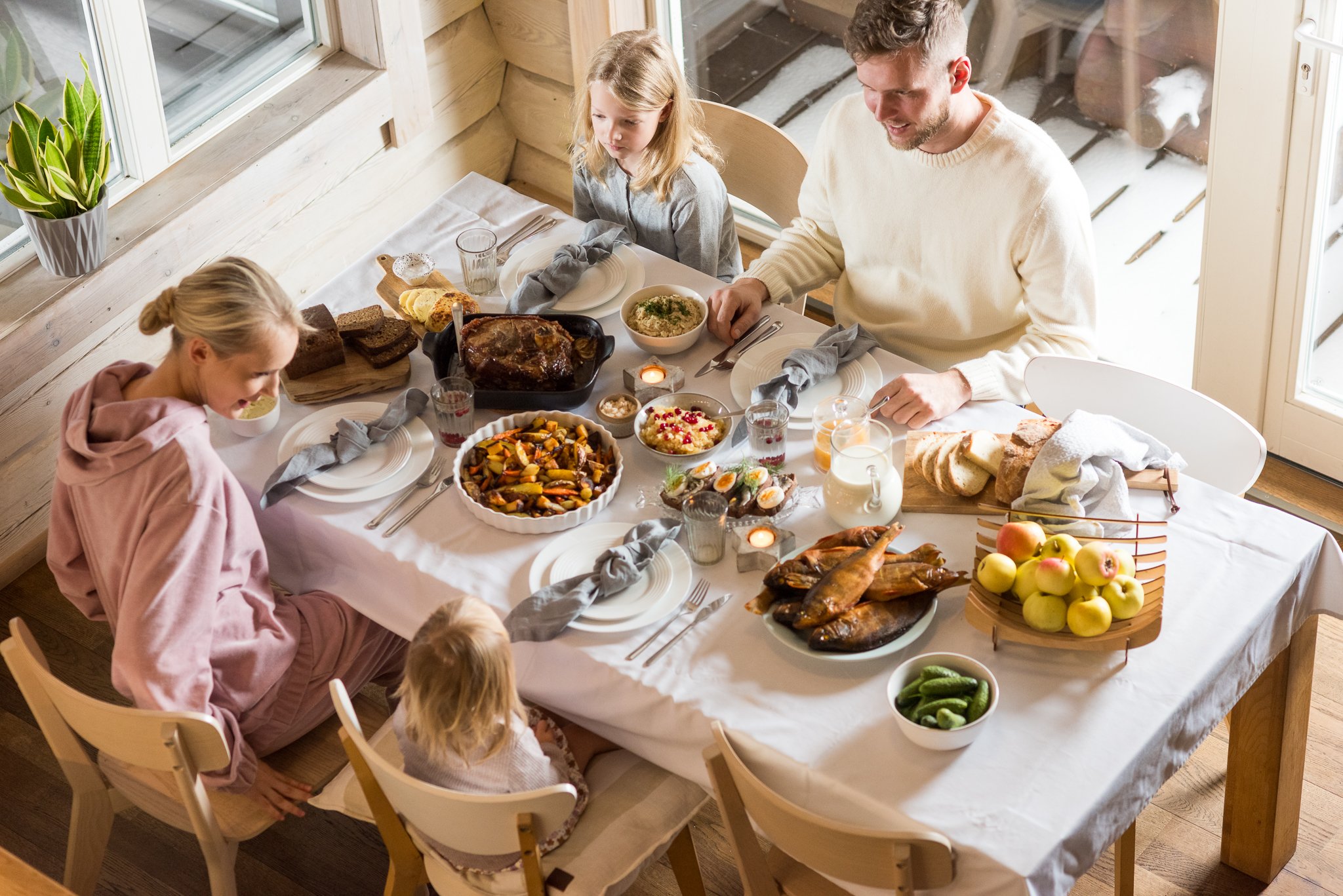Having had time to think during the summer I realized how much I've got to tell about a simple thing called - a menu shoot. The post draws on my 10 years of experience as a food photographer, therefore I had to divide the topic into several parts. The first part will tell about preparing for the photo shoot.
Despite the experience I still have to solve various problems during the assignments and I admit this is due to not educating my dear clients beforehand. The issues I write about are general and not related to the photos I choose for illustration. The aim of this post is to give my perspective to my future clients.
The Planning Phase
Menu shoot is one of the standard jobs for a food photographer. For a experienced restaurateur it's a recurring task as well. Therefore we often don't waste much time on the preparations. We agree on the number of items and the price, everything else has to work out on the set.
As a photographer I presuppose that the client has a marketing plan running on the back of his brain and he knows what kind of photography best suits it's needs as well as in what channels the photos will be used and if there are any specific formats. Unfortunately this is not always the case.
People underestimate the power of a photo.
So it is my job to say out loud that even a photo of one single dish has an ability to tell everything about the restaurant.
If we're not careful it might say something we don't like. Amateur photos signal that we lack attention to detail and we might struggle also in other areas of the business.
Clients sometimes believe that I am the solution to all of their problems. It's quite flattering, but sadly not true. They expect me to know what kind of pictures work wonders and let me do all the magic. Sometimes they say: do what you always do!, but honestly it leaves me quite confused, because from my perspective I do more or less different things for different clients. I can't be sure how much of my work they have seen and perhaps they like something I did a few years back and I moved on from there already. I have my taste and style, but as a commercial photographer I'm prepared to shoot according to a brief. I'm probably going to introduce a short version of a creative brief to my future clients. It will definitely save us from surprises on the set and make everybody a lot happier.
The Equipment
By default I bring to the menu shoot my camera (sometimes also a back up), enough batteries and memory cards, lenses and lighting equipment, usually also an extension cord. It's a load to carry from the car, so I'm grateful for a good parking space. Sometimes I bring my laptop for shooting tethered. If you prefer to have your eye on the outcome from the start, you should mention it to me.
Finding your style
Maybe you're just opening your dream eatery and not sure how the photos should look like. Show me what you like in general! Where did you get the inspiration for the interior? What cool photos have you saved in your laptop or phone? Who are your competitors? Do you want to be similar or stand out?
What is your style of cooking and plating? Show me the photos made in the kitchen during the menu tests. I want to know what to expect before the dish arrives and starts dying in front of my lens.
The Props
Without prior agreement I do not take any props with me to the shoot. That means the restaurant has to provide all backgrounds (tables, other flat surfaces), textiles, tableware, flatware e.t.c. they want to see on the photographs. Why is this important? Because I can't create something from nothing.
When looking at food pictures average people take in the feeling, they don't see all separate items that created this feeling. The viewer does not count the backgrounds, the napkins, the plates, the forks... You get the idea.
I've been in a situation where the client says: "We don't like our tables, we will throw them out very soon, so we don't want them on our photos."
"Where should we place the plates then?" I wondered. I always consider surfaces other than tables in the venue (counters, floors, stairs, windowsills) or outside. I'm willing to be creative and find out of the box solutions, but in a set time frame it is a distraction.
the food -> the vessel -> the background
It's possible to photograph only what's on the plate and leave the vessel blurry or completely out of the photo. A macro shot of the dish can be great without a plate, but it's a decision someone has to make. It's possible to frame the photo so that a part of the vessel is also visible and almost no background. If we go wider and further the viewer can see the whole plate and a considerable amount of the background. As soon as you want some environment on the photo you need to consider the props.
Depending from the camera angle you can either see more what's under the plate (top down view or flatlay) or what's behind the plate (eater's position i.e. 45 degree angle). Either way the background influences how the viewer perceives the image from light and airy to dark and moody. These are choices, too.
In the case mentioned above I used a few small napkins to hide the table surface, but it became a major obstacle. I had to compose all frames within the limits of those ridiculous napkins and work my ass off in post production.
I'm happy to offer help in propping. I rent food photography backgrounds and surfaces. You can even order a custom made background for your photos only. I often do it for advertising clients, you just need to ask. The same with tableware. Props styling is my second favorite thing after photography, I have loads of stuff stored away. I can even help you to make style decisions when stocking tableware for your restaurant, because I have eyeballed everything that goes in or comes out of kitchen (at least in Estonia) and I'm a Pinterest maniac.
"We don't have plates!" is another one of my favorites. "We serve street food, but cheap paper and plastic doesn't look good on pictures." True.
It translates to me: "You want to look better, but you're not willing to make an effort". Let's hope the girl behind the counter has a decent manicure and we have a hand model!
The bottom line is - it's always better to be more prepared. I'm happy to discuss the shoot in advance and to give tons of advice. For free.
If you stock props solely for the photo shoot, buy more than one of each plates. So you can prepare the next dish while I'm shooting. If you like your photos to have something going on behind the food on the background, we need extra props for that, too.
In the next writing I'll let you know what to expect when I come to your restaurant. Thanks for your attention!
All photos shot for Wolt Eesti.




















